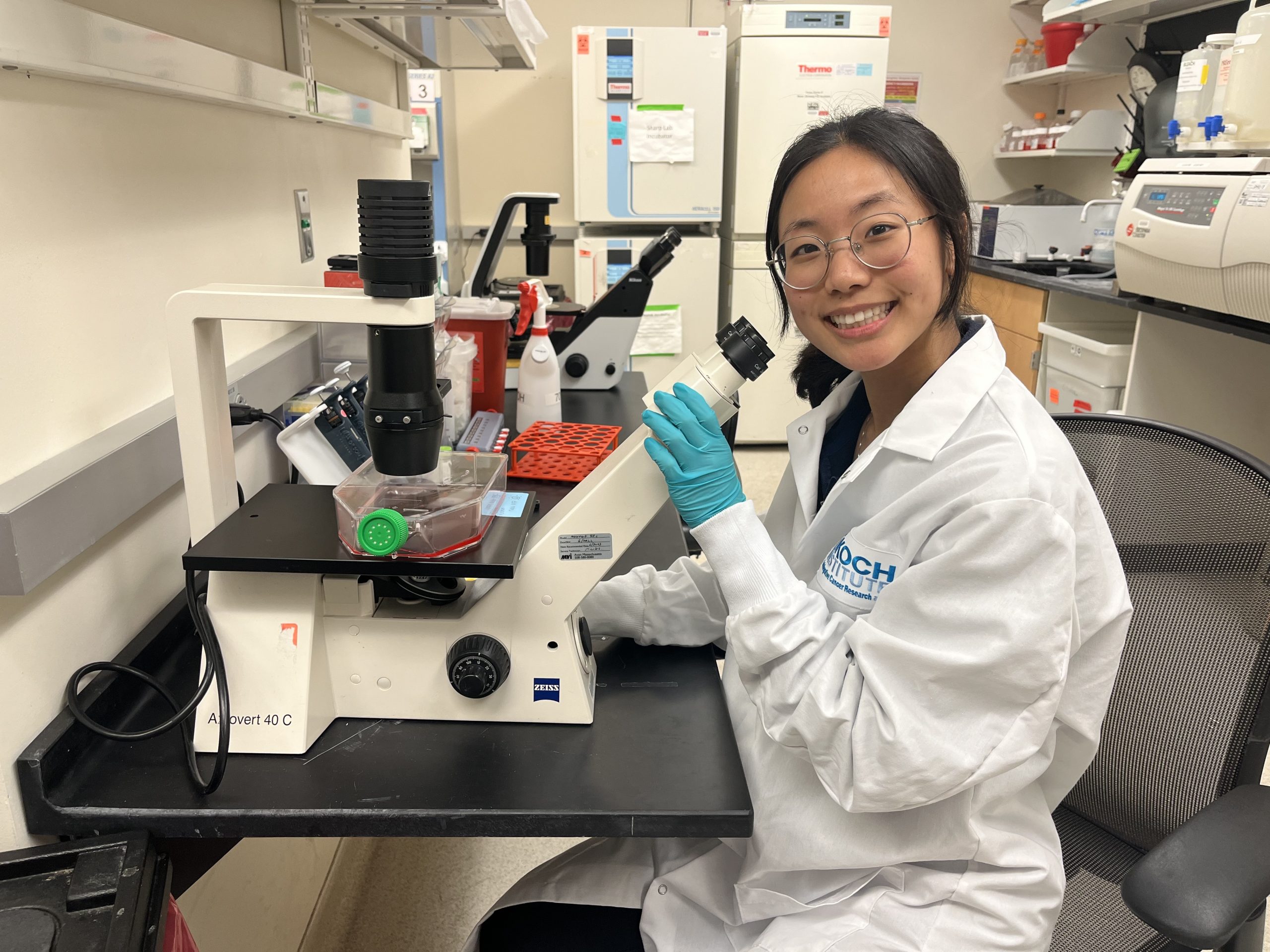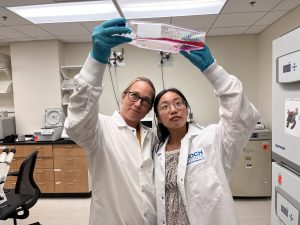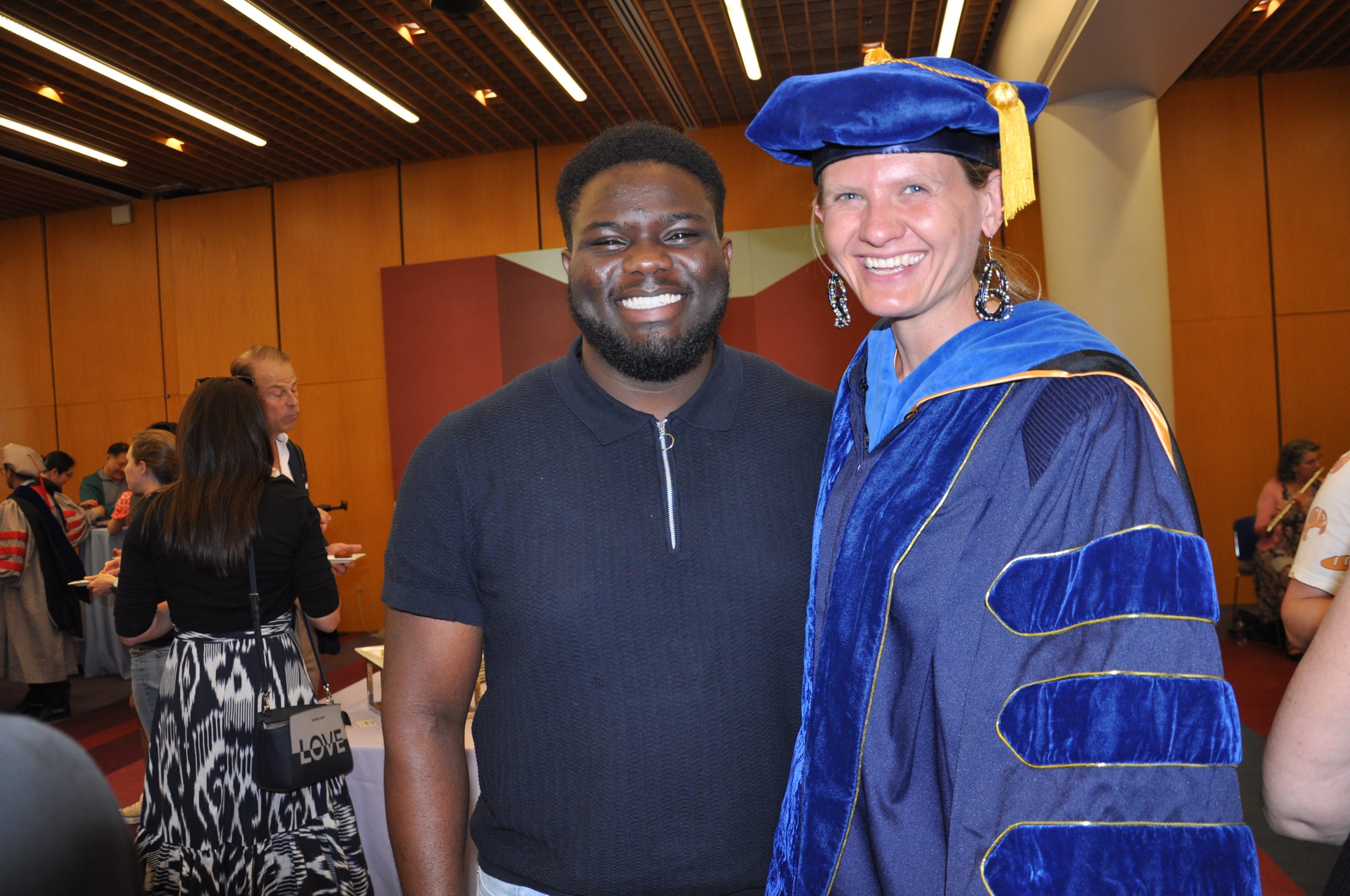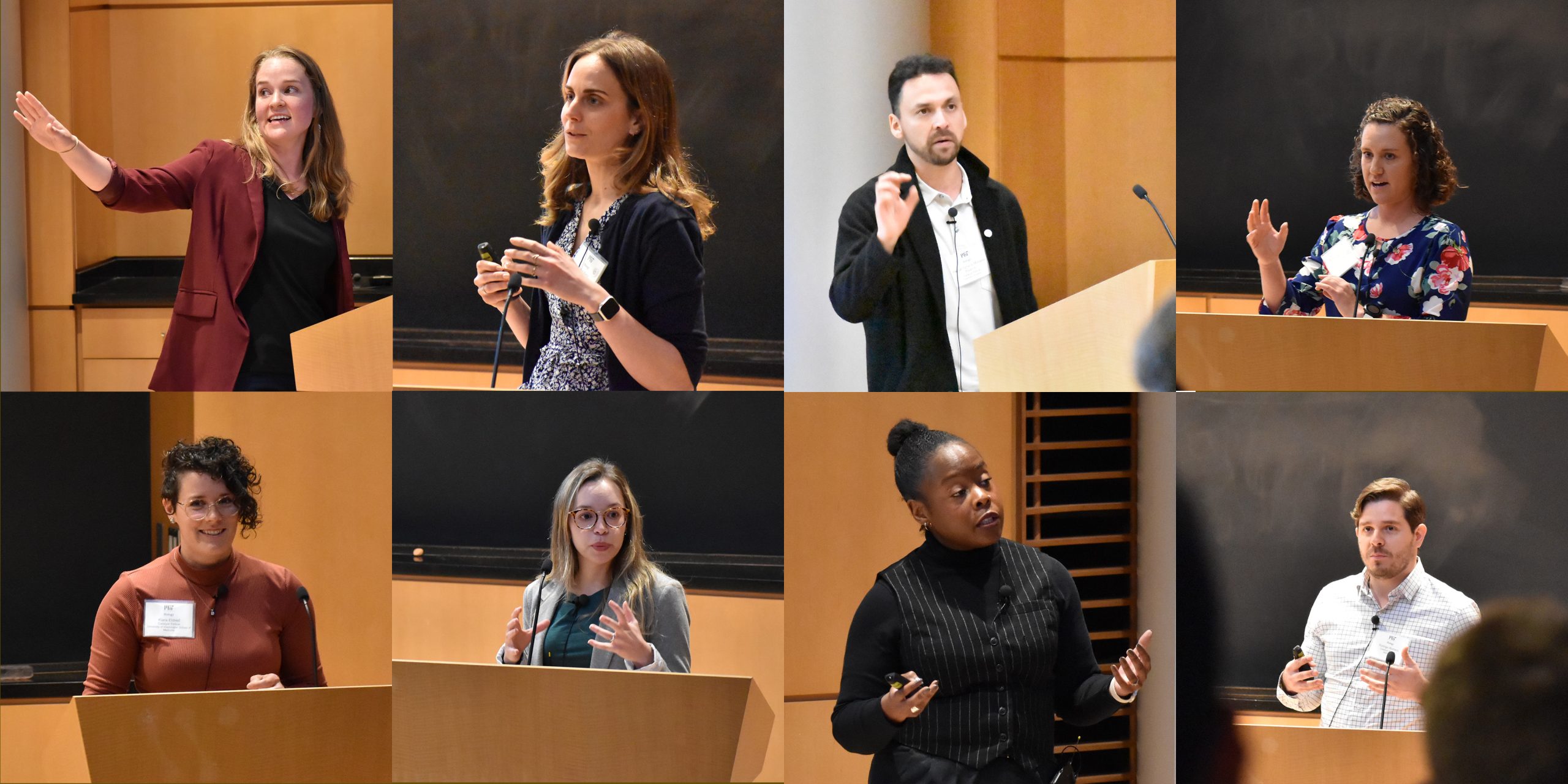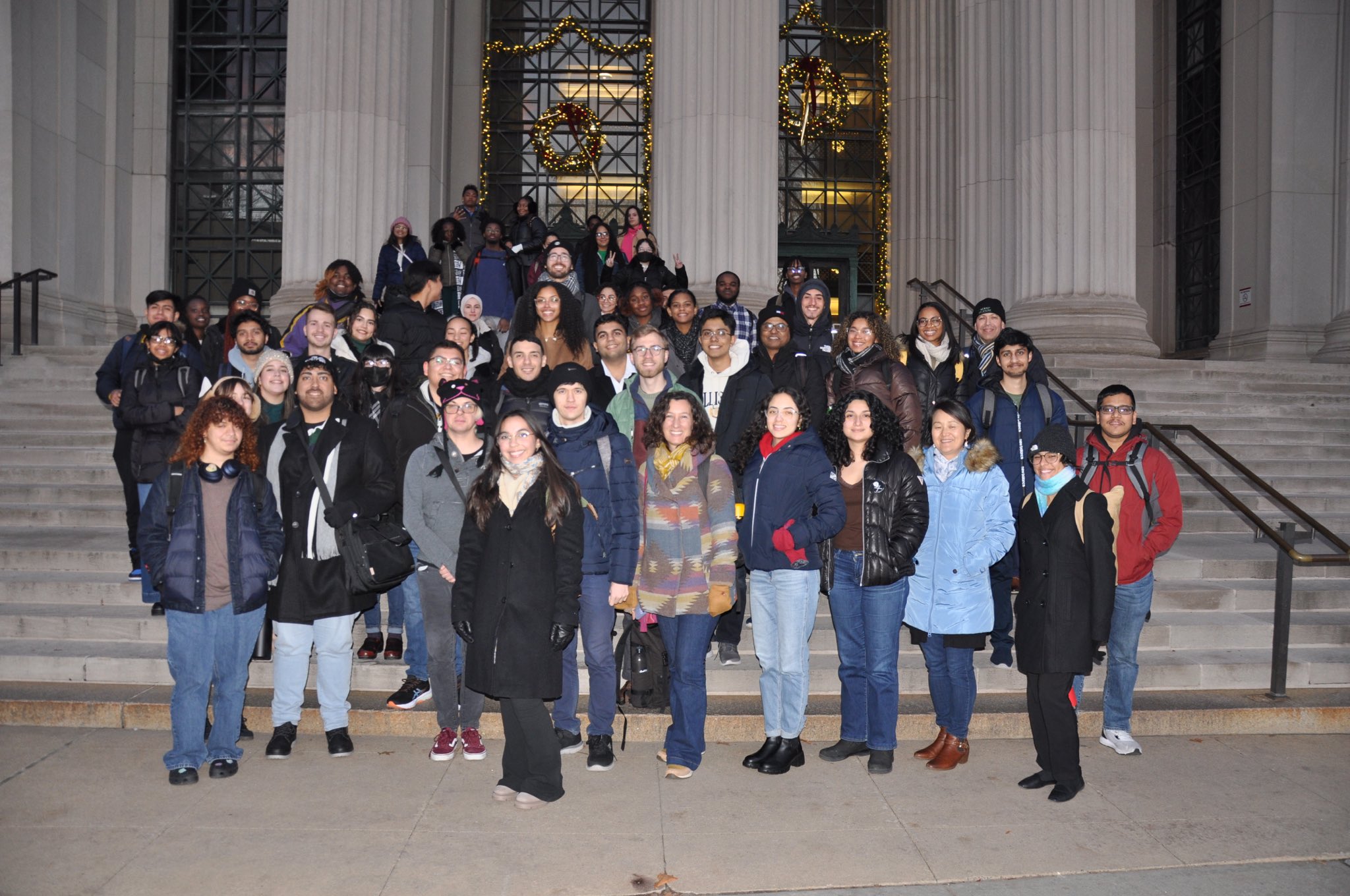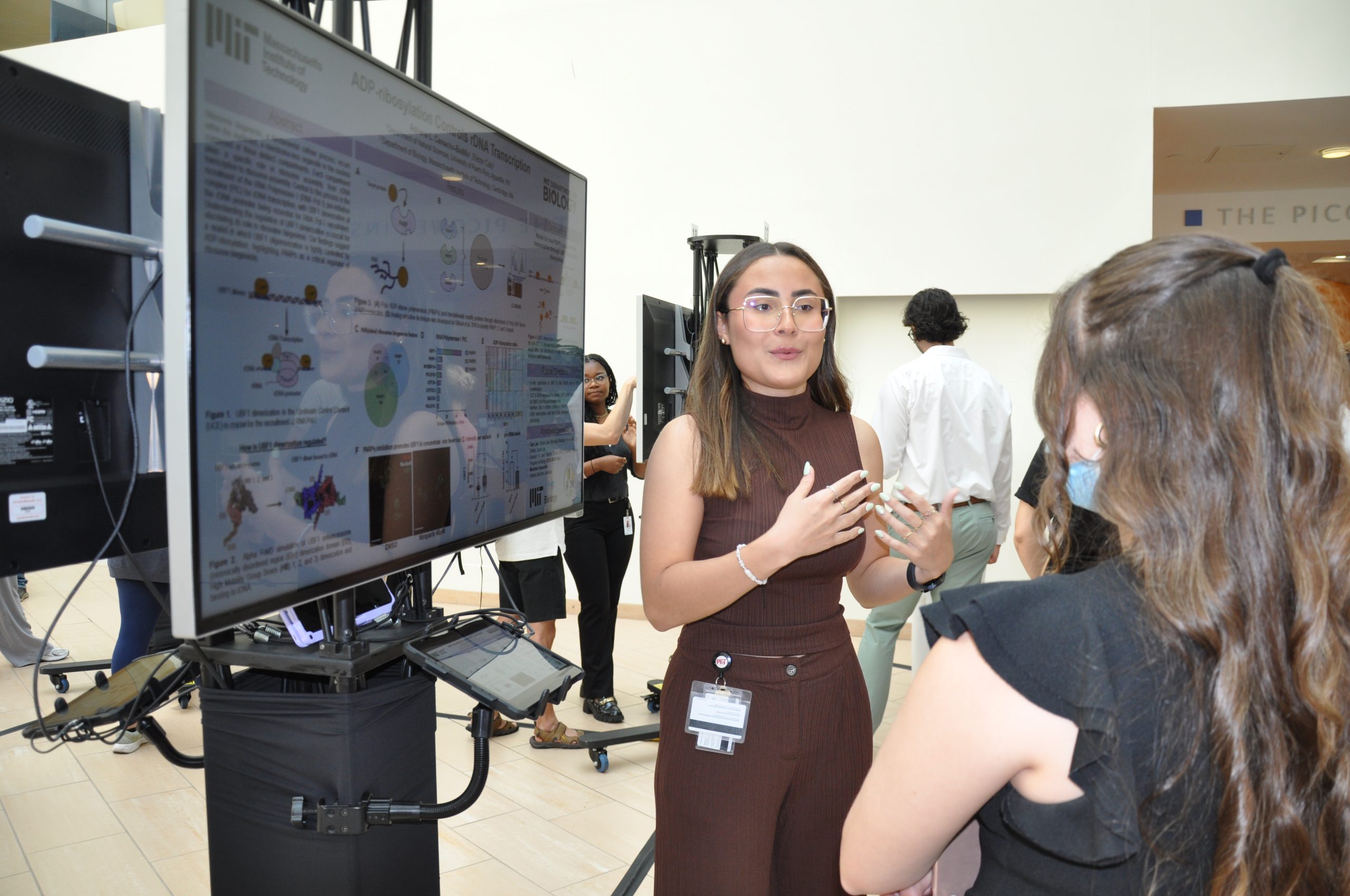
Understanding the Role of PARPs and UBF1 in Building Ribosomes
Noah Daly | Department of Biology
September 25, 2024
While pursuing her passion for research, BSG-MSRP-Bio student Adriana Camacho-Badillo made major contributions to research in the Calo Lab in the Department of Biology at MIT.
Growing up in Puerto Rico, Adriana Camacho-Badillo had no explanation for her recurrent multiple fracture injuries. In her teens, she was finally able to see a geneticist who diagnosed her with a genetic syndrome that affects connective tissue throughout the body.
This awakened an interest in genetics that led her to immerse herself in her genetic panel results, curious about the role of each gene that was tested.
“I realized I wanted to find out how mutations affect gene expression that could possibly lead to a distinct phenotype or even a genetic syndrome,” she says.
Within a few years of setting her sights on becoming a scientist, Camacho-Badillo began her first research experience working in the laboratory of Professors Hector Areizaga-Martínez and Elddie Román-Morales. Her work focused on experiments using enzymes to degrade Dichloro-diphenyl-trichloroethane, or DDT, a once-common pesticide known to be highly toxic to humans and other mammals that remains in the environment long after application to crops.
As she became familiar with the day-to-day routines of designing and executing research experiments, she realized she was drawn to biochemistry and molecular biology. Camacho-Badillo soon applied to the molecular neuroscience lab of Professor Miguel Méndez at the University of Puerto Rico at Aguadilla and joined their team working on the effects of high glucose in the central nervous system of mice.
Expanding Experiences While Narrowing Focus
When Camacho-Badillo was sixteen, alongside Méndez and other students, she participated in the Quantitative Methods Workshop at MIT. The workshop allows undergraduate students from universities around the United States and the Caribbean to come together for a few days in January to learn how to apply computational tools that can help biological research.
One of the sessions she attended was a talk about machine learning and studying the brain, presented by graduate student Taylor Baum.
“I loved Taylor’s workshop,” Camacho-Badillo said, “When Taylor asked if anyone would be interested in volunteering to teach Spanish-speaking students in grade school science, I said yes without hesitation.”
Baum, a neuroscientist and computer scientist working in the Munther Dahleh Research Group at MIT, is also the founder of Sprouting, Inc. The organization equips high-school students and undergraduates in Puerto Rico with STEM skills to help them pursue careers in science and technology.
After participating in QMW, it wasn’t long before Camacho-Badillo was back at MIT. She participated in the Bernard S. and Sophie G. Gould MIT Summer Research Program in Biology in 2023 and worked in the Yamashita Lab, studying two phenotypes of genetic mutations associated with cancer during cell division.
The BSG-MSRP-Bio program offers lab experience and extracurricular activities such as journal clubs and dinners with professors. At one of these events, she met Associate Professor of Biology Eliezer Calo.
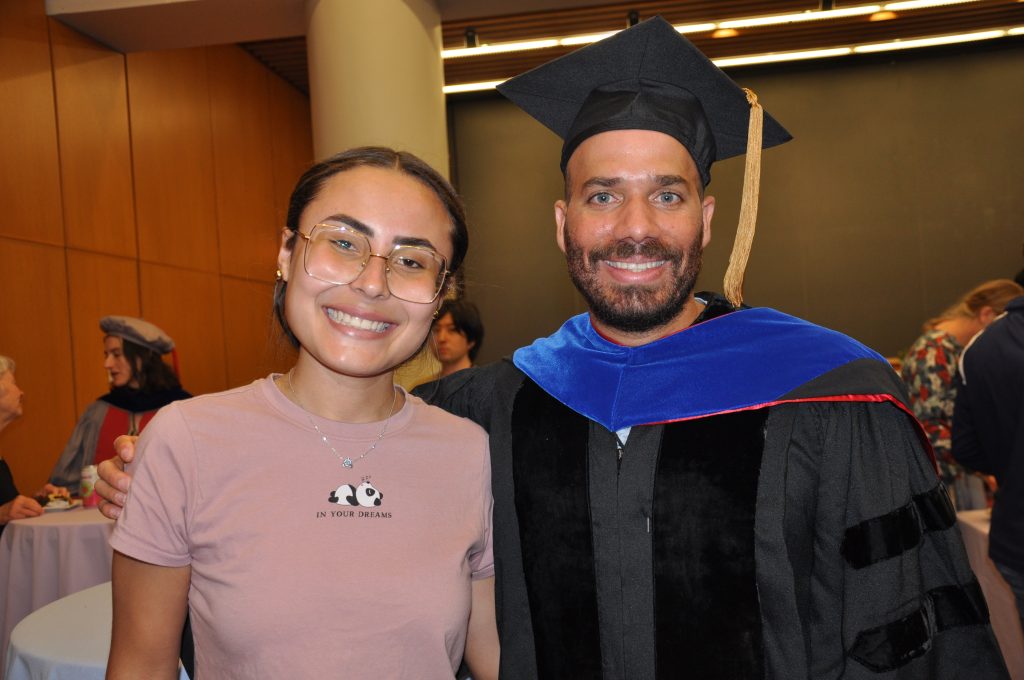
“I loved meeting another scientist from Puerto Rico working on molecular biology, so I decided to look further into his research,” Camacho-Badillo recalls.
In 2024, she was delighted to have the opportunity to return to the BSG-MSRP-Bio Program for a second time, and now to work in Calo’s Lab.
The Unsolved Mysteries of UBF1
Although BSG-MSRP-Bio students are often mentored by graduate students or postdocs, Calo spent the summer mentoring Camacho-Badillo directly. As an alumnus of the MSRP-Bio program himself, Calo understands firsthand how much of an impact meaningful research can have for an undergraduate student spending a few months experiencing life in the lab at MIT.
In the Calo Lab, Camacho-Badillo spent the early days of this summer poring over past research papers on genetic transcription, trying to answer a big question in molecular biology. Camacho-Badillo has been helping Calo understand how a particular protein affects the production of ribosomes in cells.
A ribosome is the molecular machinery that synthesizes proteins, and an average cell can produce around 10 million ribosomes to sustain its essential functions. Creating these protein engines requires the transcription of ribosomal DNA, or rDNA.
In order to synthesize RNA, specific proteins called polymerases must bind to the DNA. Camacho-Badillo’s work focuses on one of those binding proteins called upstream binding factor, or UBF1. UBF1 is essential for the synthesis of the ribosomal RNA. The UBF1 transcription factor is responsible for recruiting the polymerase, RNA polymerase I, to transcribe the rDNA into rRNA.
Despite knowing the importance of UBF1 in ribosomal production, it’s unclear what its full purpose is in this process. Calo and Camacho-Badillo think that clarifying the role of UBF1 in ribosomal biogenesis will help scientists understand how certain neurological diseases occur. UBF1 is known to be associated with diseases such as acute myeloid leukemia and childhood-onset neurodegeneration with brain atrophy, but the mechanism is not yet understood.
UBF1 is a peculiar transcription factor. Before it can transcribe a gene, UBF1 must first dimerize, forming a bond with another UBF1 protein. After binding to the rDNA, UBF1 can recruit the remaining RNA transcription machinery. The dimer is crucial for transcription to occur, yet this protein can make further connections with other UBF1 monomers, a process called oligomerization.
Nothing is concretely understood about how oligomers of UBF1 form: they could be critical for transcription, forming clusters that can no longer bind with rDNA or inhibit the recruitment of the remaining RNA transcription machinery. These clusters could also be directly contributing to a variety of neurological diseases.
“The genome contains multiple rDNA copies, but not all are utilized,” Calo explains. “UBF1 must precisely identify the correct copies to activate while avoiding the formation of aggregates that could impair its function.”
The regulation of these dimers is also a mystery. Early in the summer, Camacho-Badillo helped make an important connection: prior research from the Calo Lab showed that enzymes called poly ADP-ribose polymerases, or PARPs, play a role in maintaining chemical properties in the nucleolus, where ribosomes are produced and assembled. The main target of these proteins within the RNA transcriptional machinery before transcription is initiated is UBF1.
Based on this initial result, Camacho-Badillo’s entire summer project shifted to further characterize PARPs in ribosome biogenesis.
“This observation about the role PARPs plays is a big deal for us,” Calo says. “We do many experiments in my lab, but Adriana’s work this summer has opened a key gateway to understanding the mysteries behind UBF1 regulation, leading to proper ribosome production and allowing the Calo lab to pursue this goal. She’s going to be a superstar.”
Camacho-Badillo’s work hasn’t ended with the BSG-MSRP-Bio program, however. She’ll spend the fall semester at MIT, continuing to work on understanding how rDNA transcription is regulated as a visiting student in the Calo Lab. Although she still has a year and a half to go in her undergraduate degree, she’s already set her sights on graduate school.
“This program has meant so much to me and brought so much into my life,” she says. “All I want to do right now is keep this research going.”
Want to know more about our BSG-MSRP-Bio Students? Read more testimonials and stories here.

